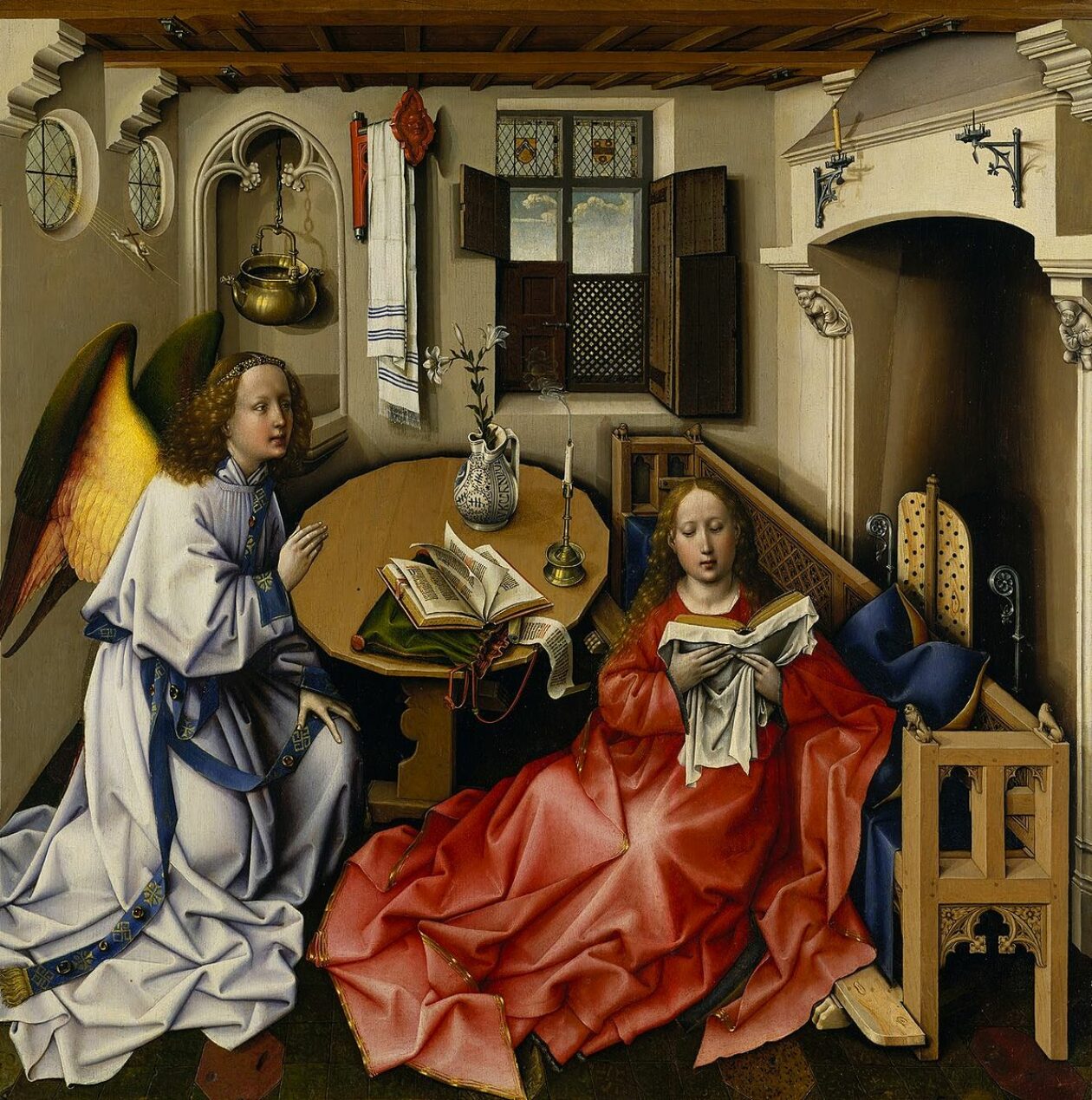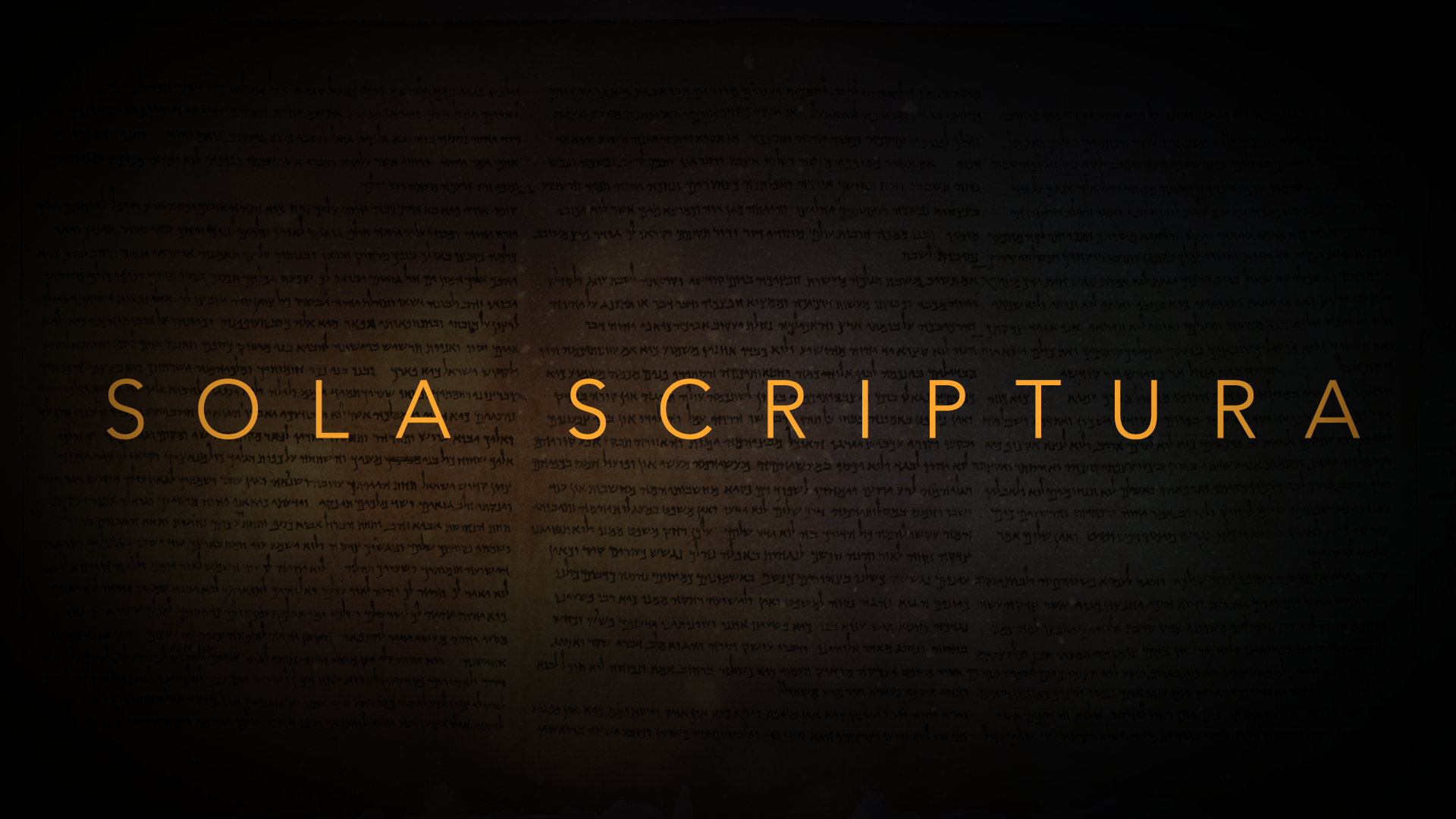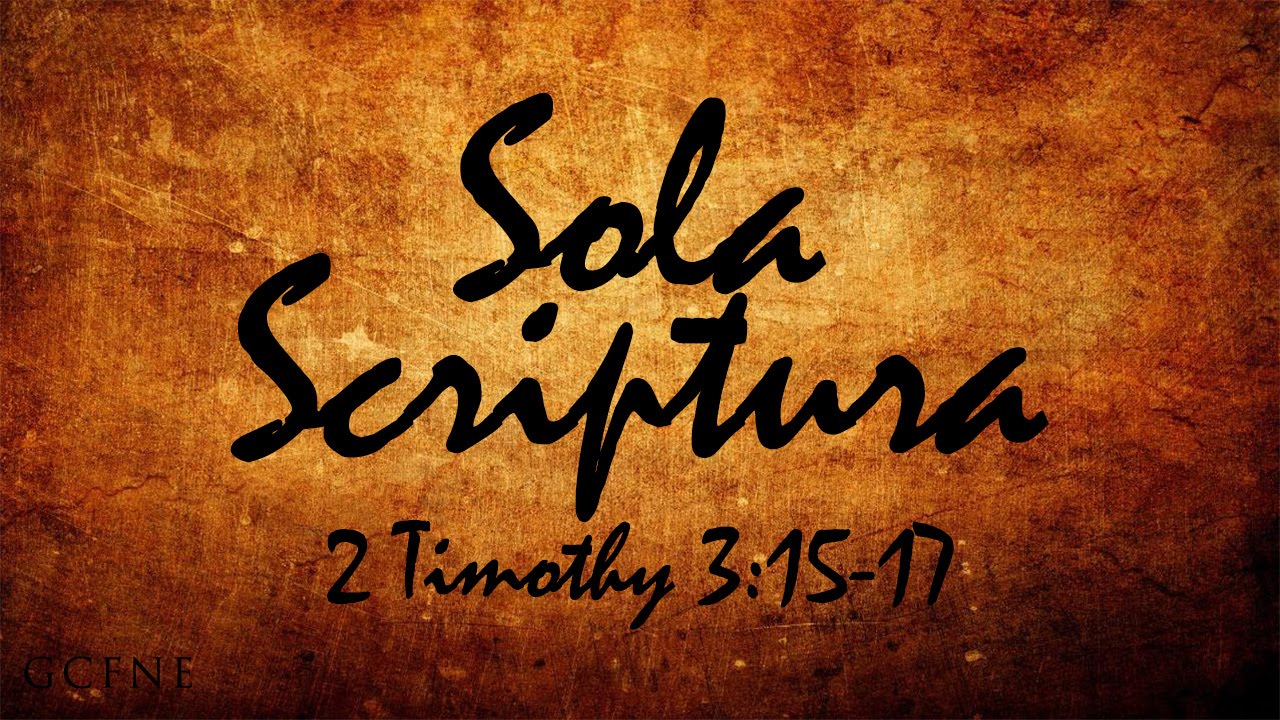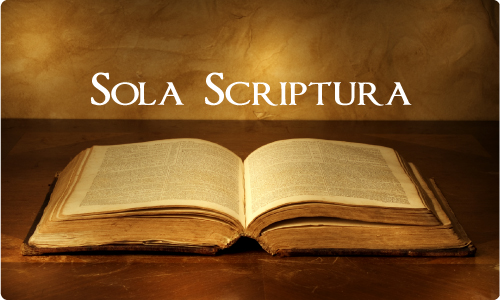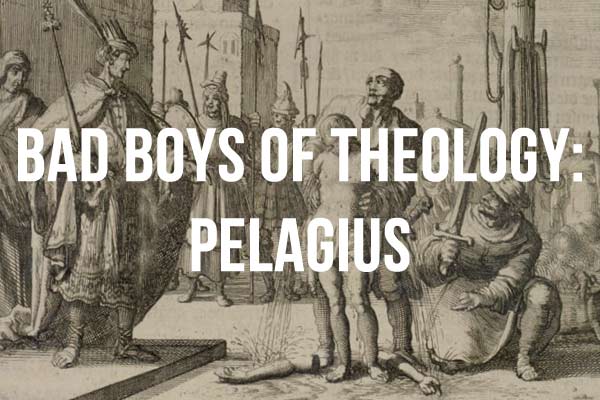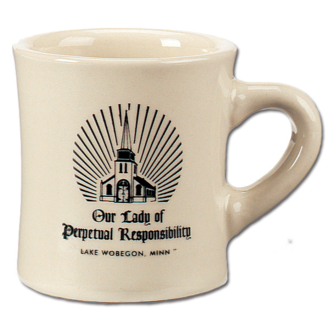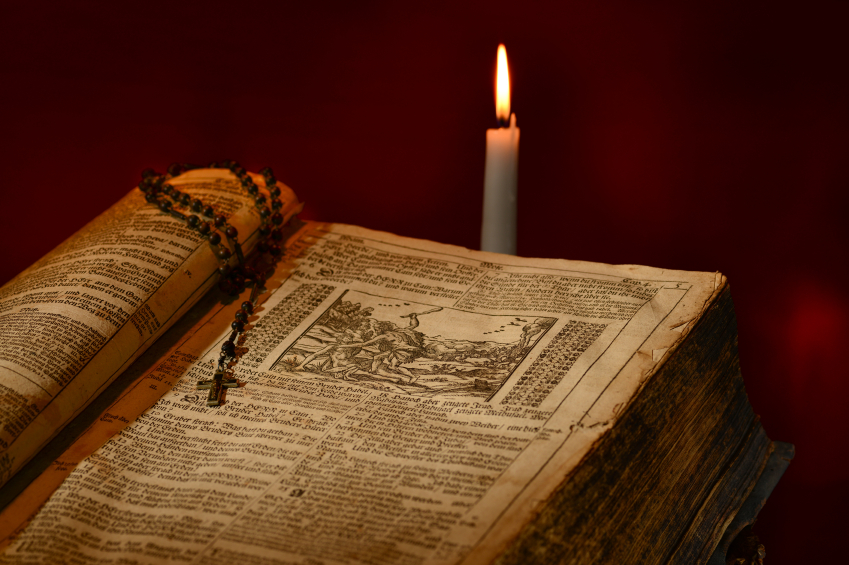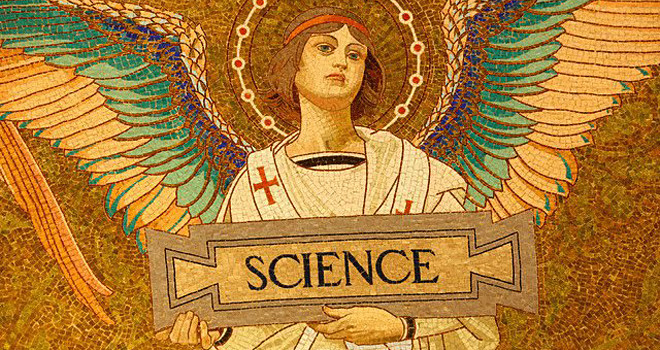
-mosaic from the crypt of Louis Pasteur, in the Pasteur Institute, Paris, France. Pasteur was given a state funeral by the French Government in 1895.
“Absolute faith in God and in Eternity, and a conviction that the power for good given to us in this world will be continued beyond it, were feelings which pervaded his whole life; the virtues of the Gospel had ever been present to him. Full of respect for the form of religion which had been that of his forefathers, he came simply to it and naturally for spiritual help in these last weeks of his life.” -Pasteur’s son-in-law and biographer, (Vallery-Radot 1911, vol. 2, p. 240)
“Little science takes you away from God but more of it takes you to Him.” ~Louis Pasteur

-by Brian Jones, Brian is pursuing a graduate degree in philosophy at the University of St. Thomas in Houston. His writing has appeared in the New Blackfriars Journal, The Fellowship of Catholic Scholars Quarterly, Catholic World Report and Homiletic and Pastoral Review. He and his wife Michelle have three daughters.
“At the end of a class in early March, one of my students raised his hand and asked if there was any homework in ethics class. I was somewhat confused by the inquiry, since the student was currently not taking ethics. When he saw the expression of confusion on my face, he responded, “You know, in religion. Is there any homework in religion?” Finally, it clicked for me. This young man is currently in my moral theology class, and was wondering if there was any religion homework, which he was calling by the misnomer “ethics.” Unintentionally, the student was setting up an opportunity to review (and correct) one of the fundamental errors of the modern age, namely, reducing religion solely to the sphere of ethics.
Michael Tkacz, in his 2002 essay “Faith, Science and the Error of Fideism,” has drawn attention to this attitude, particularly as it concerns the relationship between faith and science. Borrowing from Harvard biologist Stephen J. Gould, Tkacz calls this attitude NOMA, or Non-Overlapping Magisteria.
The position can be briefly summarized as follows: the realms of science and religion involve two separate orders of human rationality and experience, and they are distinguished by the two objects that define their subject, and so do not overlap with each other. From this conception, science is considered to be rational, public, and verifiable, whereas religious faith is considered to be non-rational, private, and unverifiable.
The point of this method of analysis is not to say that faith never uses rational modes of inquiry; rather, it is to posit that faith is not something that can be rationally established at any level. This contrasts with a proper understanding of science, since nothing in science is believed or thought to be true unless grounded in factually based evidence and verifiable data.
To posit that science is rational is simply to assert that the claims made by science can be demonstrably proven. Science seeks to explain the causes and reasons for things that occur in the order of nature, and is such that even if a particular cause cannot be identified at a given moment, science nevertheless presupposes that not just any reason can be eventually provided; it’s foundation must be in factual evidence. Theoretically speaking, through continuous observation and critical analysis, a rational explanation can be given. A causal explanation exists for everything, and it falls to the field of science to provide one.
A good example to consider would be the fiasco that surrounded the Malayasian jetliner that went down in early 2014. The story of the plane crashing would not cease to be covered in the media until a rational, factually based account of what truly happened in this tragedy, which lead to the plane’s eventual crash. Notice too, thankfully, the anger that resulted from some of the initial explanations given that were only later shown (via evidence) to be false reasons for what led to the plane crash. Everyone involved, whether it was the family members of the victims, or the airline personnel, was not satisfied until a fuller explanation was given, since a plane does not just go missing without sufficient reason. While the example does not necessarily apply to the domain of science in the exact same way, it does nonetheless reveal my point about the rational character of an explanation that science is expected to provide.
Since science is a rational explanation of the material order, then it is also public–the knowledge acquired is based upon a mind-independent reality. Our feelings, desires, or thoughts about the matter at hand are not involved in discovering and learning the truth. Unlike private emotions, desires, or even religious belief, knowledge is capable of being shared by others, and thus entails an objective, rather than a subjective, element. Finally, scientific knowledge is verified and confirmed by the good reasons it gives for holding particular explanations of things. The reason why X is the case is because there are sufficient reasons to show that it is so, and there are experiments that can be repeated by anyone with the requisite equipment and knowledge. The repeatability of results will yield the same explanations each time, something that is fundamental to scientific theories and their particular validations.
While a variety of responses could be given to the NOMA position just described, I want to briefly elucidate a much fuller account of the integral relationship between reality, history, science, and the very nature of religious faith. The separationist account between science and faith rests precisely on a mistaken notion of the content of religious faith.
For Gould, what establishes the rational, public, and verifiable nature of scientific reasoning is the fact that it is concerned with and treats the very order of reality. In contrast, religious faith does not concern itself with reality, for it is centered upon holding beliefs that contradict the scope and, one might say, certitude that is given in science. Moreover, it seems that religious faith does not portend to make any metaphysical or historical claims, but only provides a way of living with that reality of which science alone concerns itself. However, such a perspective is not in keeping with Christianity’s understanding of the faith, and Catholicism’s in particular. When one examines the teachings of the Catholic Church, what one is hopefully struck by is its continual claims regarding both history and reason.
For example, the doctrine of the Incarnation holds that Jesus Christ, the Second Person of the Trinity, took on a real human nature, was born in time, performed numerous miracles and healings, suffered and was crucified by Roman authorities, and rose from the dead three days after his death. We could also mention the creation account in the opening book of Genesis where we come to understand, among other things, that the underlying purpose of the story is to reveal “the fact of creation.” Aquinas mentions this very point regarding the proper way to interpret the creation account in Genesis:
“There are some things that are by their very nature the substance of faith, as to say of God that He is three and one … about which it is forbidden to think otherwise… There are other things that relate to the faith only incidentally … and, with respect to these, Christian authors have different opinions, interpreting the Sacred Scripture in various ways. Thus with respect to the origin of the world, there is one point that is of the substance of faith, viz., to know that it began by creation…. But the manner and the order according to which creation took place concerns the faith only incidentally.”
If the “manner and order according to which creation took place” does not belong to the essence of the faith, then studying and seeking to give a proper explanation of such an event and further processes stemming from it requires human minds to do just that. And such an explanation about the world, the order of nature, and all its processes, presupposes something outside of our minds to observe and better understand, but which we did not make.
When considering the examples given, is it not the case that these doctrines concern factual claims about reality? If Christ was not God, born into time, or if some archaeologist discovered the bones of Jesus buried deep in the ruins of ancient Palestine, would Christianity not crumble? What makes Christianity so unique among religious faiths is precisely its historicity: if any of the historical claims about the Christian faith were shown to be false, then its very foundation and legitimacy would be undermined. Religious believers have frequently failed to articulate that the object of our faith, of what is believed, is truth. Although knowledge and belief must be distinguished, they are nevertheless united in that what we seek to know and what we hold on the basis of the authority of another is nothing other than the truth. This was precisely the point St. Paul sought to make when he told the Corinthians:
“If what we preach about Christ, then, is that He rose from the dead, how is it that some of you say the dead do not rise again? If the dead do not rise, then Christ has not risen either; and if Christ has not risen, then our preaching is groundless, and your faith, too, is groundless… If the dead, I say, do not rise, then Christ has not risen either; and if Christ has not risen, all your faith is a delusion; you are back in your sins.” (1 Cor 15:12-17)
Furthermore, the creation account in Genesis is, among other things, a METAPHYSICAL claim about the very structure and nature of reality: it is something to which human intelligence has access to and is able to better understand through repeated observation and experimentation. (Ed. that is to NOT say, Genesis does not have actual, simple, clear, demonstrable, factual, literal elements to it. Roman Catholicism requires we believe in factual, literal, previously and now dead existent persons: Adam & Eve. Exactly how that is to be understood, is beyond my humble abilities and the scope of this blog post. However, notwithstanding, the literal, actual, factual elements Catholics are required to believe by faith, requiring Genesis to be NOTHING more than a newspaper story limits God, and His beauty and wisdom, unnecessarily. Let us not assume, in arrogance, that we understand either EVERYTHING there is to understand regarding the science nor the exegesis regarding Creation. That position would “spit-in-the-wind” of human experience, and not withstand rational nor reasonable scrutiny. Recall, “mystery”, used in the Catholic sense, is NOT unknowable; rather, it is infinitely knowable. Sounds reasonable to me, your humble, favorite, applied scientist.)
St. Paul tells the Romans that man is able to rise to a knowledge of the Creator through the things he has made, those observable effects seen in the world. Revelation is here positing a philosophical position, namely, that the world is intelligible and the essences of things can be known by human intelligence. If God can be known to exist, this then could only be the case after we know and understand the essence of his effects in the natural world, those things “that he has made.” To have a real knowledge of the world existing outside of our minds is not a conclusion of religious thinking or scientific inquiry, but is presupposed by both.
The reliance on the following examples from Catholic teaching is meant to refute the Gouldian position that what belongs to the order of faith is entirely cut off from the real, thereby giving strength to the all-too-prevalent error that holds science alone is concerned with reality, and that faith is how believers seek to morally live with that reality. Catholicism’s ancient axiom is that the source of truth, whether it be from science, philosophy, history, or revelation, is the same. Believers and non-believers (and high school students) must continually be reminded that assenting to a scientific or religious claim can be based upon nothing other than the truth itself. As Catholic philosopher John Haldane reminds us in Atheism and Theism:
‘If one’s world view makes no metaphysical or historical claims then it has nothing to fear from these quarters, but equally it has nothing to contribute to them either; and this raises the question of what people think they are doing when they engage in personal prayer or sacramental worship. If Christianity is compatible with Christ’s having been a confused, trouble-making zealot Whose bones now lie beneath the sands of Palestine and whose exploits are no more than the self-serving fictions of people ignorant of the real events of His life, and with their being no reason to believe, and some reason not to believe, in the existence of a Divine Creator, then its claims to our attention are only those of a self-contained lifestyle and not of a true account of reality.’”
Aut Deus, aut malus homo. Either God, or very bad man.
Love,
Matthew

